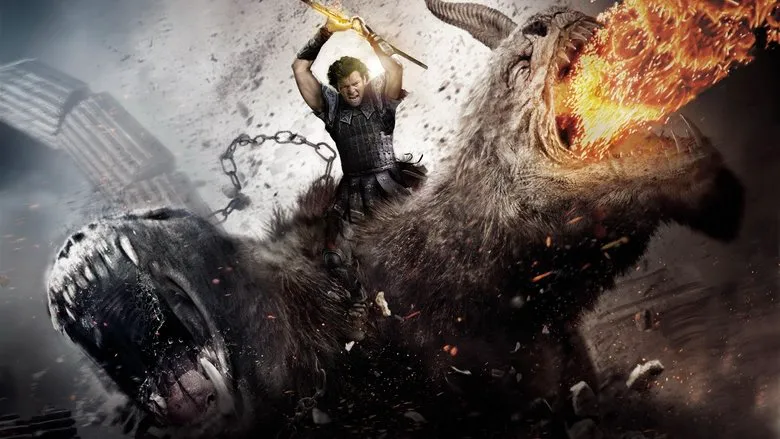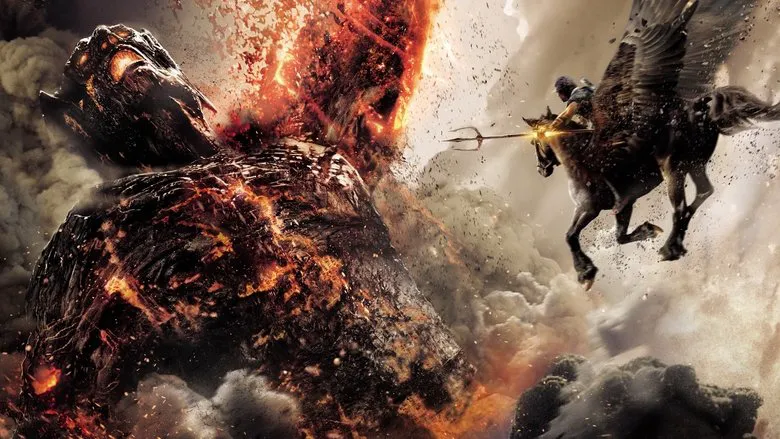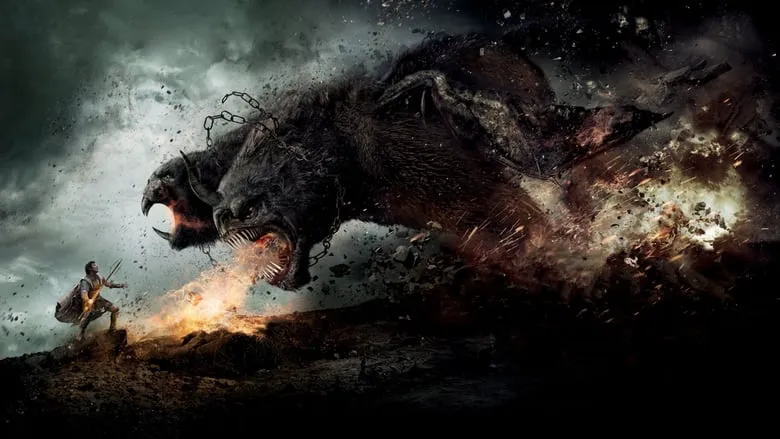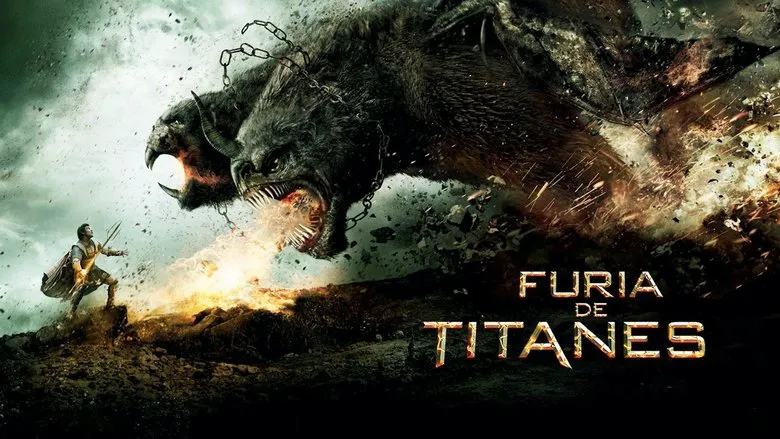It’s been a decade since Perseus vanquished the Kraken. Now, he lives a quiet life as a single father, raising his son with Io in a remote corner of ancient Greece. Meanwhile, the gods are weakening due to a lack of human prayers, and Hades forges an alliance with Ares, the god of war. Together, they murder Poseidon, kidnap Zeus, and drag him to Tartarus, where the Titan Cronus (father to Zeus, Poseidon, and Hades, imprisoned by them in the earth’s depths) is held captive. Hades’ plan is to transfer Zeus’ remaining power to Cronus, freeing him from his stone prison. In return, Hades expects to regain his immortality. As chaos descends upon the human world, Queen Andromeda (now played by Rosamund Pike) struggles to defend against the monsters emerging from the rifts. Unable to stand idly by, Perseus bids farewell to his son and mounts the loyal Pegasus.

A Family Feud on an Erupting Volcano
“Wrath of the Titans” feels like a prolonged family squabble set against the backdrop of an erupting volcano. Grievances are aired, lava flows, accusations fly, and rocks tumble. The divine power at stake is merely a pretext to rehash old betrayals and settle scores. During a fight between Ares and Perseus, Ares even taunts Perseus about being the favored son.

Mythological Mayhem
The original source material (the vast collection of Greek myths) is filled with stories of Zeus’ infidelities. However, these tales are usually more inventive and linear: one myth, one tragic fate. In “Wrath of the Titans,” viewers unfamiliar with the first film, “Clash of the Titans,” might feel like they’ve stumbled into the fifth or sixth installment of a series. Even those who have seen both films may experience the same sense of confusion.

Spectacle Over Substance
Director Jonathan Liebesman, taking over from Louis Leterrier, has his own responsibilities, including providing for his family. He also has to work within the constraints of a set runtime, budget, and the need to deliver a “Disneyland” of thrilling 3D attractions in a single action film. As a result, everything feels rushed and frantic, unfolding on the run, on horseback, and amidst the aforementioned erupting volcano.

A Big-Screen Experience
The director of “Battle: Los Angeles” has succeeded in his studio assignment: this film is best experienced in a movie theater. While the studio’s specific instructions may not have been phrased this way, the reality is that with each inch taken away from the screen’s diagonal, the chances of distinguishing Perseus from a Cyclops’ leg diminish exponentially. In other words, the film’s spectacle demands a correspondingly grand “arena.”
3D Done Right
Furthermore, after criticism of the first film’s 3D effects, the producers listened and improved, resulting in a constant barrage of ash raining down on the audience. It’s hard not to be swept up in the immersive atmosphere.